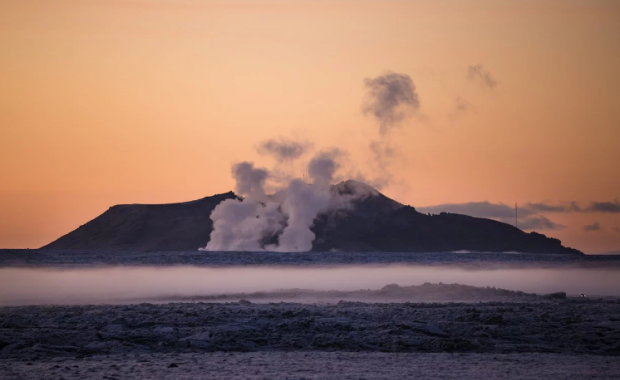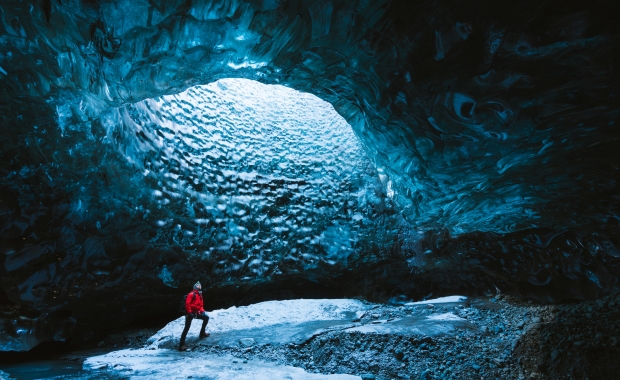The intense seismic activity that started on 16 of August at Bárðarbunga volcano persists according to The Icelandic Met Office.
Very strong indications of ongoing magma movement, in connection with dyke intrusion, is corroborated by GPS measurements.
There are currently two swarms: one to the east of Bárðarbunga caldera and one at the edge of Dyngjujökull outlet just east of Kistufell mountain. At 2.37 am on the 18th a strong earthquake (M4) was located in the Kistufell swarm.
This is the strongest earthquake measured in the region since 1996.
As evidence of magma movement shallower than 10 km (6.2 mi) implies increased potential of a volcanic eruption, the Bárðarbunga aviation color code has been changed to orange.
Presently there are no signs of eruption, but it cannot be excluded that the current activity will result in an explosive subglacial eruption, leading to an outburst flood (jökulhlaup) and ash emission.
The situation is monitored closely.
This is a recap of information from The Icelandic Met Office
The intense seismic activity that started on 16 of August at Bárðarbunga volcano persists according to The Icelandic Met Office.
Very strong indications of ongoing magma movement, in connection with dyke intrusion, is corroborated by GPS measurements.
There are currently two swarms: one to the east of Bárðarbunga caldera and one at the edge of Dyngjujökull outlet just east of Kistufell mountain. At 2.37 am on the 18th a strong earthquake (M4) was located in the Kistufell swarm.
This is the strongest earthquake measured in the region since 1996.
As evidence of magma movement shallower than 10 km (6.2 mi) implies increased potential of a volcanic eruption, the Bárðarbunga aviation color code has been changed to orange.
Presently there are no signs of eruption, but it cannot be excluded that the current activity will result in an explosive subglacial eruption, leading to an outburst flood (jökulhlaup) and ash emission.
The situation is monitored closely.
This is a recap of information from The Icelandic Met Office







